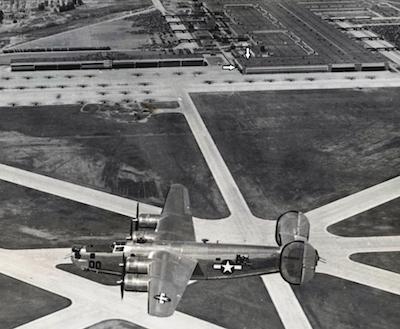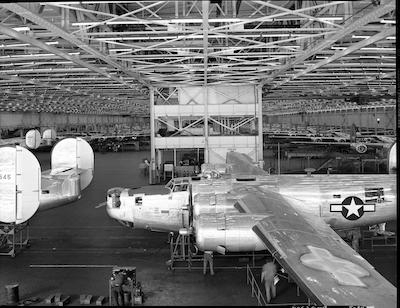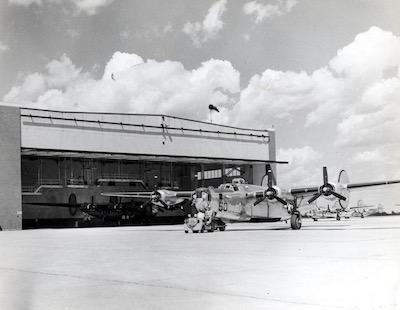Thu, May 17, 2018
Advertisement
More News
 ANN's Daily Aero-Term (11.14.25): Marker Beacon
ANN's Daily Aero-Term (11.14.25): Marker Beacon
Marker Beacon An electronic navigation facility transmitting a 75 MHz vertical fan or boneshaped radiation pattern. Marker beacons are identified by their modulation frequency and >[...]
 Aero-News: Quote of the Day (11.14.25)
Aero-News: Quote of the Day (11.14.25)
“Aviation is an incredible tool for Samaritan’s Purse. After a disaster strikes, we want people to know why we are bringing life-saving supplies. We want them to know t>[...]
 Classic Aero-TV: CiES All-Digital Fuel Senders
Classic Aero-TV: CiES All-Digital Fuel Senders
From 2024 (YouTube Edition): New Capabilities For Business Aviation CiES Corporation President Scott Philiben walked Aero-News Editor in Chief Jim Campbell through some of what set>[...]
 Airborne 11.10.25: Affordable Expo Succeeds, Citation Ascend, Kenai Shuts Down
Airborne 11.10.25: Affordable Expo Succeeds, Citation Ascend, Kenai Shuts Down
Also: Duffy Predicts ‘Mass Chaos’, Modern Skies Coalition, More Impacts, Archer Buys Hawthorne With only a few months of preparation—and minimal outside media sup>[...]
 NTSB Final Report: Lancair 320
NTSB Final Report: Lancair 320
The Experienced Pilot Chose To Operate In Instrument Meteorological Conditions Without An Instrument Flight Rules Clearance Analysis: The airplane was operated on a personal cross->[...]
blog comments powered by Disqus






